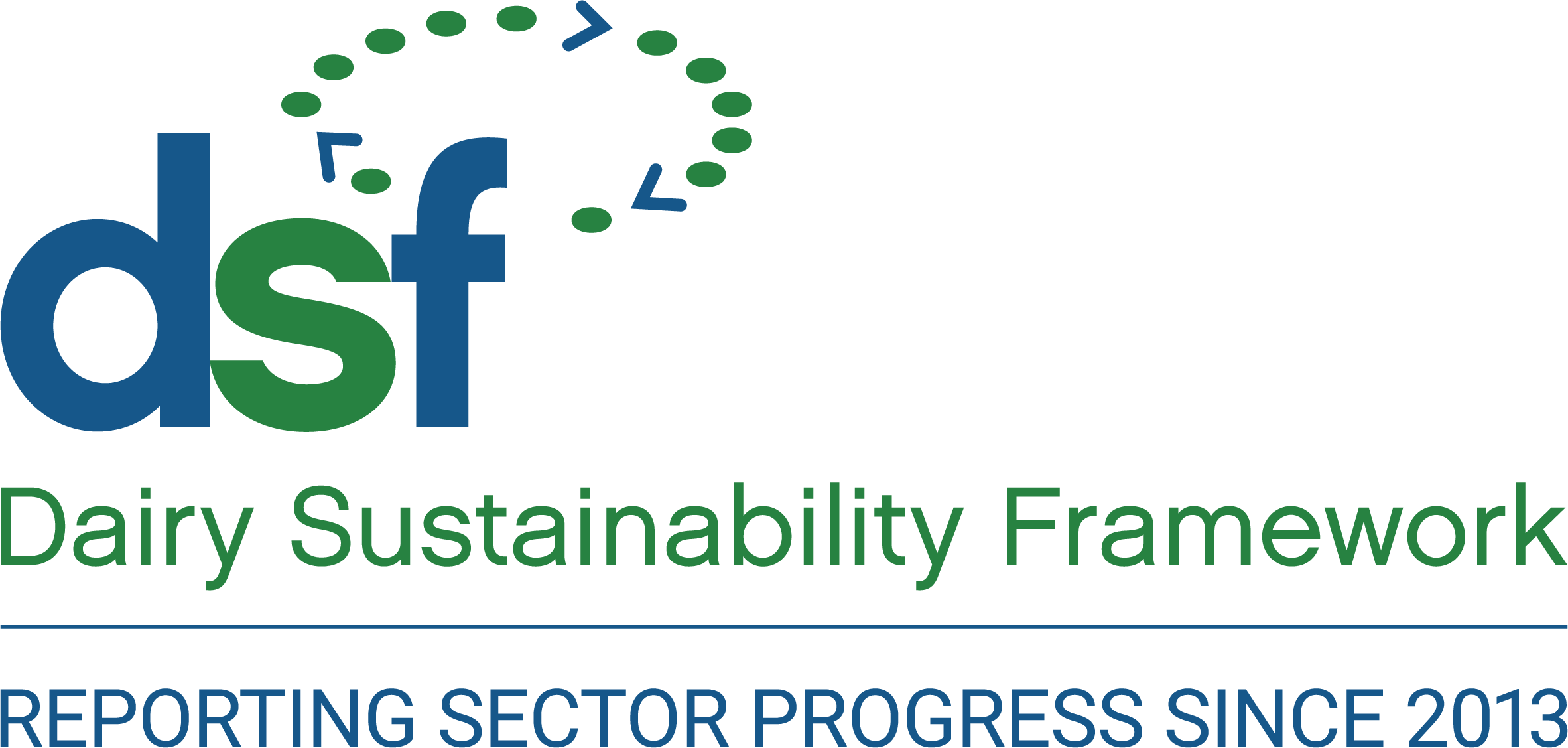Dairy Farming Gains in Efficiency with Reductions in Emissions Intensity Across the Globe!
Press Release – Embargoed until 13h00 GMT, January 29 2019
Dairy Farming Gains in Efficiency with Reductions in Emissions Intensity Across the Globe!
The FAO and Global Dairy Platform today launched a report titled Climate Change and the Global Dairy Cattle Sector. This report is the detailed analysis supporting the results that were presented during COP24 in Katowice, Poland, December 4, 2018.
The full report can be downloaded from: www.dairysustainabilityframework.org
The study calculated GHG emissions from the dairy sector over a ten-year period (2005-2015) and reports intensity reductions in all regions of the world.
The analysis identified that on average, Greenhouse Gas emitted in the production of milk has decreased in ‘emissions intensity’ (emissions per unit of product) by 11% from 2.8 to 2.5kg CO2 equivalents per kg of product produced.
The largest reductions in emission intensity occurred in low and-middle-income countries with traditionally low productivity. While developed dairy regions also reduced the intensity of emissions, the FAO noted that the percentage improvement was not as substantial as these systems were already operating at much lower rates.
Over the same period, global dairy production has grown by 30% to meet consumers demand for high-quality nutritious food products. This growth has been achieved through increasing milk yields and cow numbers. As a result of increased global output, absolute emissions rose by 18% globally. Importantly, the FAO notes that without the efficiency improvements made by the sector, total emissions from dairy would have increased by almost 38%, over double the current levels being achieved.
The report also details where opportunities (current knowledge and potential breakthrough technologies), exist for the sector to pursue, noting the limitations associated with operating in biological systems. The sharing of technical knowledge with all dairy economies is fundamental to maintaining the sectors continuous improvement ambitions at a global level.
With 363 million dairy cows on 133 million dairy farms around the world, supporting the livelihoods of 1 billion people, the importance of dairying to socio-economic and nutritional outcomes must be balanced against the need for improved environmental outcomes.
Carolyn Opio, with FAO’s Animal Production and Health Division and lead author of the report commented “The analysis quantifies the progress of the sector in improving the efficiency of production. The report also recognizes there is more for the sector to do to play their part in mitigating climate change. We encourage the dairy sector to build on the progress to date to identify and implement appropriate and sustainable solutions that provide nutritious food for the growing world population”.
Mr. Donald Moore, Executive Director of the Global Dairy Platform and Chairman of the Dairy Sustainability Framework who commissioned the study noted “More than 6 billion people around the world regularly consume milk and dairy foods as an affordable, accessible, nutrient rich food, supplying energy and significant amounts of high-quality protein and micronutrients. Analysis from independent authorities such as the UN FAO, provide important guidance for the sector in its efforts to responsibly produce high quality nutrition in ways that respect the environment, the farmers that produce it and the animals it comes from. The dairy sector recognises the responsibility it has to continuously improve its performance. We are on the right track, but there is still more to do and the importance of timely, quality data to help track and manage performance cannot be under estimated.”
“The work of initiatives such as the Dairy Sustainability Framework (DSF), established in 2013 as the vehicle for improving and quantifying the sectors sustainability performance, demonstrates that dairy is committed to continuously seeking ways to reduce GHG emissions from farms and businesses by all economically viable means, regardless of where they are operating or their stage of sustainability development” added Moore.
Mr. Fritz Schneider, Chair of the Global Agenda for Sustainable Livestock (GASL) stated that he “commends the publication and emphasizes the value and importance of science-based evidence for progress in emission reduction in the dairy sector, a very important part of the global livestock sector. The publication shows that especially production systems with a low or medium production have an enormous potential to reduce emissions by sustainable intensification. GASL is happy and proud to be part of this process as it can serve as an example for other sectors in livestock production. Furthermore, GASL is convinced that to make progress and take progress to scale, multi-stakeholder processes are key. GASL as a multi-stakeholder partnership brings together all livestock relevant partners, facilitates dialogue, generates evidence and supports best practices and policy change to achieve maximum impact towards sustainable livestock-oriented value chains.”
Media Contact:
Brian Lindsay Development Director
+44 (0) 7824 664526
www. dairysustainabilityframework.org
For more information on the Dairy Sustainability framework: https://dairysustainabilityframework.org
